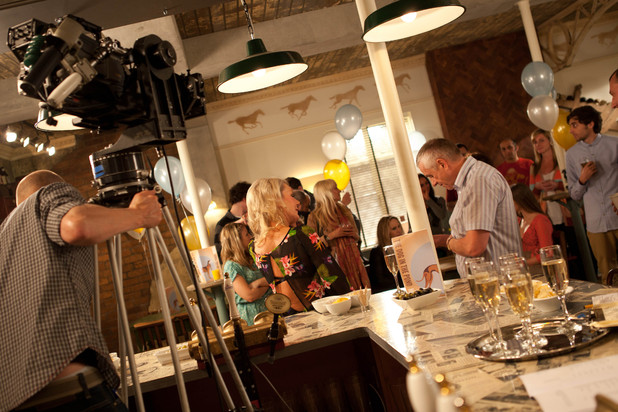1. Categories: how texts are classified which include:
Medium – television
Purpose – persuade, entertain, make a profit
Form – drama, light entertainment, series
Genre – soap opera, talent show, constructed reality.
2. Language: how the media creates meanings through the use of conventions. There are two main kinds:
technical (eg: camera angle, editing, lighting, sound)
cultural/symbolic (eg: dress, gesture, accent).
3. Narrative. Conventions of a soap involves the plot line detail of characters, setting and action as well as Structure – the organisation of the sequence (normality/disruption/new normality; single or multiple storylines; happy endings; cliffhangers)
4. Representation: how media texts represent places, people, events or ideas. Stereotypes/non-stereotypes.
5. Audiences: how the audiences are identified and addressed (target audience (specify), different audience reaction).
6. Institutions: how the production of the media output is organised and financed (type of production company, effects of finance).
7. Technology: how media products are created and distributed to the audience. Technological issues are not dealt with as separate but described when appropriate.
What kind of text is it? (Categories)
What does the text mean and how do I know this? (Language)
What story does the text tell? (Narrative)
Who is the text aimed at and what do they think of it? (Audiences)
How does the text present its subject? (Representations)
Who made the text and why? (Institutions)
How was it made and distributed? (Technologies)
Who is making this text and why? (Institutions)
Who is the text aimed at and how should they react? (Audiences)
What kind of text are they making? (Categories)
What is the subject and how do they present it? (Representations)
What story should it tell and how do they tell it? (Narrative)
What should it mean and how do they convey these meanings? (Languages)
How do they make and distribute it? (Technologies)









